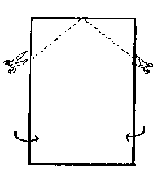
Figure 6. Common points of entry and roosting sites of bats (courtesy of Dr. Stephen Frantz, New York DOH)
How to prevent bats from establishing a colony in a house or other building: Bats can be kept out of buildings by closing or covering openings that allow them entry. Attic and soffit vents should be screened with 1/4 inch hardware cloth or screen. Other openings, such as gaps in siding, spaces under warped fascia board, and loose flashing and moldings should be sealed, too. A variety of materials may be used, including sheet metal, wood, plaster, caulking compounds, polypropylene bird netting, and fly screening. Keep in mind that bats can pass through crevices as small as a dime. Before batproofing, make sure that there are no bats already in the building.

Figure 6. Common points of entry and roosting sites of bats
(courtesy of Dr. Stephen Frantz, New York DOH)
How to exclude bats that are present in a house or other building: Bats give birth in the summer, and the offspring do not fly until they are almost full-grown (usually by August in Washington). Therefore, to avoid trapping helpless bats inside a building, do not attempt exclusion from May through August. To exclude bats that have settled in a building, try the following:
 |
 |
 |
| Excluding bats from a building is often difficult and time consuming. Contact your local health department for a list of pest control companies that do bat exclusion work in your area. |